People: New TPWD Vet Finds His Footing
Friday, October 10th, 2014This is Passport to Texas
Before Bob Dittmar joined Texas Parks and Wildlife this year as its first-ever staff veterinarian, he was in private practice in Kerrville. In his new position, he’s learning to shift focus from domestic animals and livestock to wildlife.
09—The challenge is that it’s a different situation than private practice. There’s going to be a learning curve for me just to fit into Parks and Wildlife.
He’s no stranger to the agency, though, having assisted with projects including the translocation of desert bighorn sheep and pronghorn antelope. He expects his work will be as varied as the state, itself, and include the collection and analysis of data, as well as hands on work with wildlife.
22—I’ll be working more hands on, and we’ll be looking into whatever situation might occur [among the state’s wildlife], and I’ll continue to work with the capture and translocation projects with the Bighorn Sheep and Pronghorn antelope. And there may be other things that we do as well. As time goes on we may look into more and more research projects in the wild that would involve more hands on work with other species.
Learn more about Texas wildlife and how it’s managed, when you log onto the Texas parks and Wildlife website.
The Wildlife and Sport Fish Restoration program supports our series and funds its work through your purchase of hunting and fishing equipment and motorboat fuel.
For Texas Parks and Wildlife…I’m Cecilia Nasti.
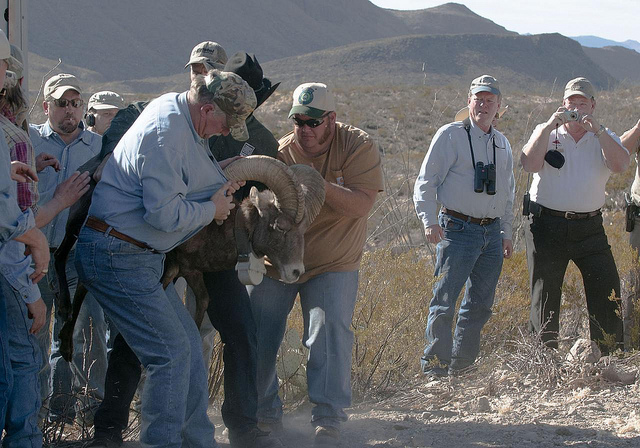

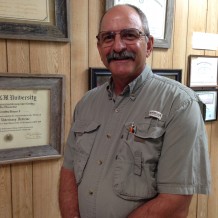
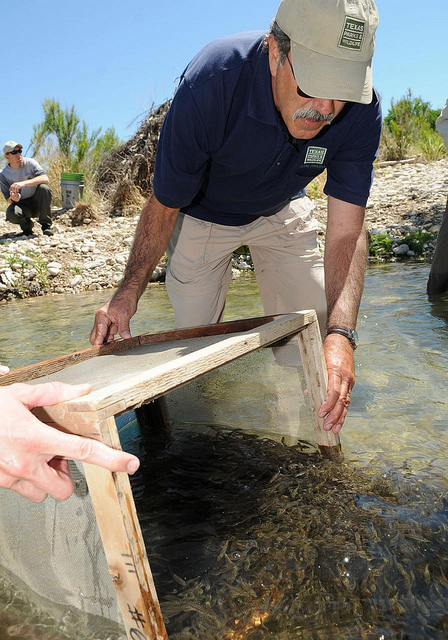
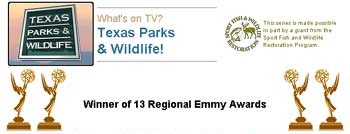
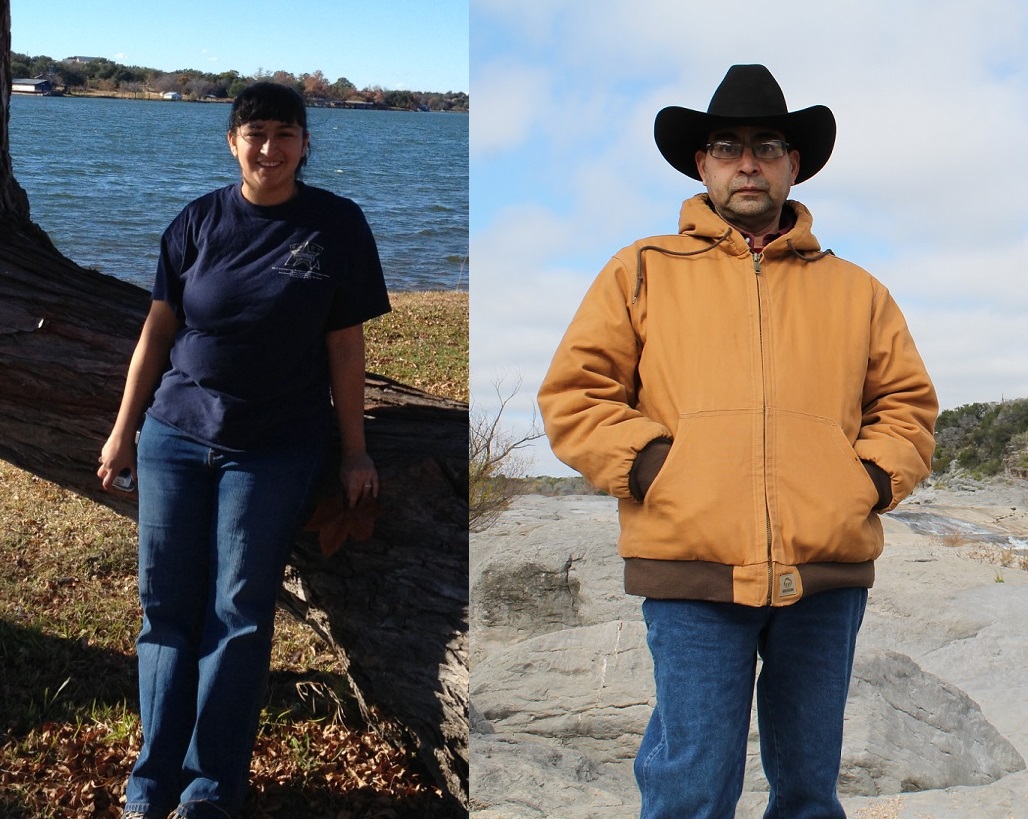

 Passport to Texas is a
Passport to Texas is a  Passport to Texas is made available by:
Passport to Texas is made available by: